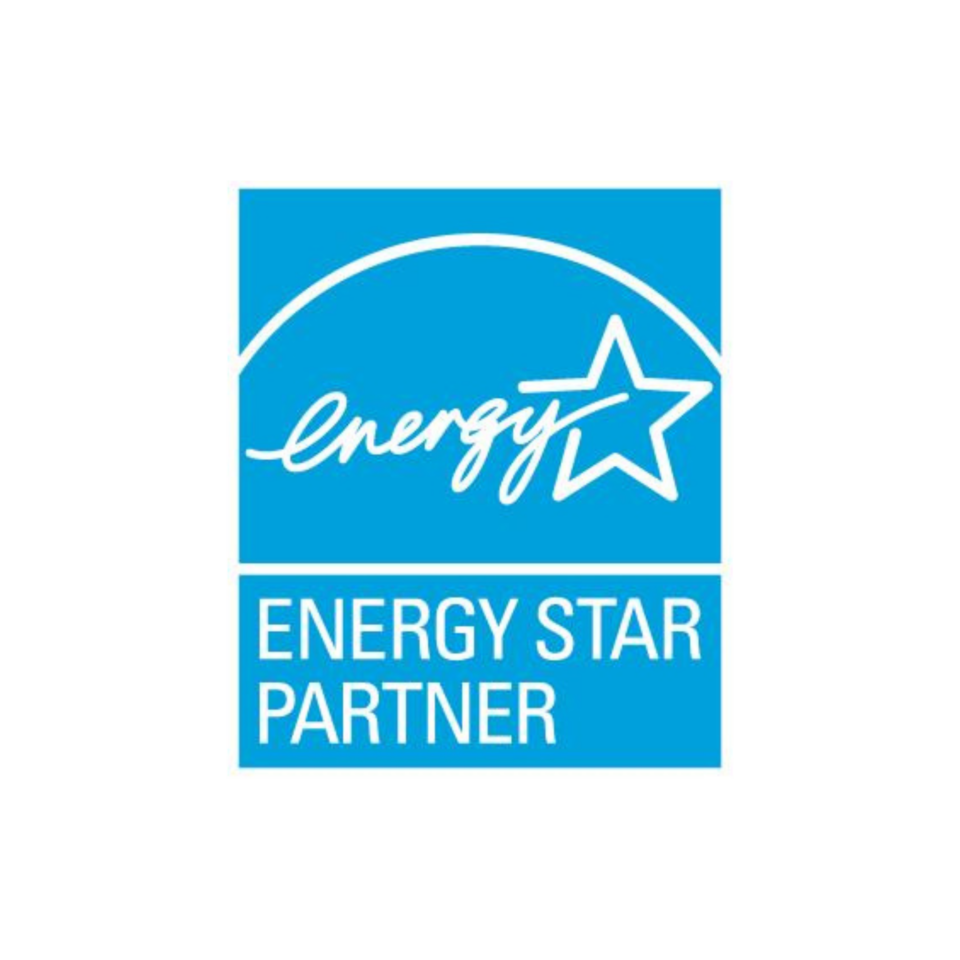Section 1245 and 1250: Understanding Depreciation Recapture fo...
Navigating the complexities of tax law in real estate can be challenging, even for experienced in...


Have no fear! Leyton is an Energy Star Rating Partner. If you have any questions for our experts, schedule a call!
With the passing of the Inflation Reduction Act of 2022, Energy Star or Zero Energy Ready Home certification is required to be eligible for the 45L tax credit. While Zero Energy Ready Homes transitioned to Version 2 for its single-family home program at the start of 2024, Energy Star will likewise be moving from version 3.1 to version 3.2 starting in 2025. Since Energy Star Version 3.2 will be required to receive the 45L tax credit for single family homes starting on January 1st 2025, its best to start thinking about how to meet the new program requirements now.
Starting in 2025, sampling will no longer be allowed to certify Energy Star single-family homes. Sampling allowed as little as 1 out of 7 homes be inspected instead of inspecting every building. After finding that 95% of all Energy Star homes were certified without using the sampling protocols, Energy Star has decided to sunset sampling to bring it in alignment with the Zero Energy Ready Homes program. Multifamily buildings can still use sampling for the Energy Star Multifamily New Construction program.
Energy Star version 3.1 was based on 2012 IECC and designed to be about 10% more efficient than that. Likewise, Energy Star version 3.2 is based on 2021 IECC and designed to be about 10% more efficient than it. 2021 IECC has significantly higher standards for envelope insulation compared to 2012 IECC, and depending on which climate zone you are building in, can change how buildings are insulated. While we will dig in to what some of those changes are, its important to remember that these changes are to the reference home your building will be modeled in comparison to. You aren’t required to build the same as the reference house and can use different energy efficient materials or designs to meet the program requirements.

While there are some changes for Climate Zones (CZ) 1-3, like increasing attic insulation from R-38 to R-49 and installing R-20 in CZ 3 walls, the most significant changes are in climate zones 4 and above. In CZ 4-8 attic insulation is increased to R-60 and walls would have to be R-30, R-20 + R-5 continuous insulation (CI), R-13 with R-10 CI or R-20 CI. To meet these requirements for standard 2X4 or 2×6 framed walls, it will require either high density spray foam or foam board, which can be more expensive than other insulation materials.
The reference home will have similar requirements as version 3.1 for gas powered appliances, but it will increase the efficiency of air source heat pumps to 9.2 HSPF and 16 SEER. Similarly, A/Cs will be modeled at 16 SEER in CZ 1-4 and 14 SEER in CZ 4-8. The reference home no longer allows for oil burning appliances.
Version 3.2 of Energy Star will greatly increase the expected efficiency of gas fired hot water heaters in the reference home, with an expected efficiency of 0.90 UEF or .89 EF. Electric hot water heaters will only have their efficiency increased slightly to 2.2 UEF or .96 EF. All climate zones will be modeled at 3 ACH50, as to before where CZ 1 and 2 were modeled at 4 ACH50. And finally, the Climate Zone Map has changed. The climate zone map in 2021 has updated and many counties are in a different climate zone in Version 3.2 than they were for Version 3.1.
Version 3.2 significantly increases efficiency requirements compared to Version 3.1, with the Energy Rating Index range going from mid-60’s to mid-50’s to pass Version 3.1 to it taking an ERI in the mid-50’s to mid-40s to meet Version 3.2. While the new reference home in Version 3.2 involves more expensive building materials, in another article we will dig into some cost effective alternatives to meet Energy Star Version 3.2 ERI requirements.
Explore our latest insights
See more arrow_forward
Navigating the complexities of tax law in real estate can be challenging, even for experienced in...

The South Carolina Supreme Court recently invalidated a sales tax statute under the Commerce Clau...

In Uline, Inc. v. Commissioner (Minn., No. A23-1561, 2024), the court determined the market resea...

On August 8, 2024, the IRS provided an update on the status of Employee Retention Tax Credit (“ER...